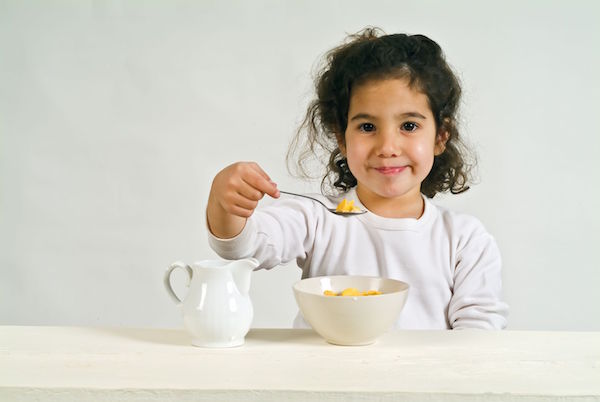
WEDNESDAY, Jan. 5 (HealthDay News) — The one-dose chickenpox vaccine dramatically cut the number of chickenpox-related hospitalizations in the United States for the first half of the past decade, according to a new study.
And a second study has found that the two-dose version of the vaccine, first recommended by the U.S. Centers for Disease Control and Prevention in 2006, may offer youngsters even better protection.
Chickenpox, caused by the varicella zoster virus, can result in dehydration, bacterial skin infections and, in rare cases, death. Vaccination for chickenpox became available in the United States in 1995. The so-called “one-dose era” ended in 2006 when a federal advisory panel recommended two doses of the vaccine be given — the first at ages 12 to 15 months, and the second at ages 4 to 6 years.
According to researchers, the one-dose vaccine program, run by the CDC and state and local governments, prevented about 50,000 hospitalizations in the United States from 2000 to 2006.
“Our study shows that the vaccination program has been successful in reducing varicella-infection hospitalizations not only among the targeted population of 10 years and under, but also has resulted in a 65 percent decline in persons greater than 20 years of age during the one-dose era,” said study co-author Adriana Lopez, an epidemiologist in the division of viral diseases in the CDC’s National Center for Immunizations and Respiratory Diseases.
During the one-dose era, the annual hospitalization rate for chickenpox decreased 70 percent for children under 20 years old and 65 percent for those aged 20 and older, according to the report in the February issue of Pediatrics.
The study analyzed medical records from two national databases, the National Hospital Discharge Survey and the Nationwide Inpatient Sample.
A second study, published in the Feb. 1 issue of the Journal of Infectious Diseases, looked at the clinical effectiveness of giving two versus one dose of the vaccine. In their study, researchers led by Dr. Eugene D. Shapiro of Yale University identified 71 cases of chickenpox in children aged 4 or older in Connecticut.
None of the youngsters who came down with the illness had received the two-dose course of the vaccine, while 93 percent had received one dose and 7 percent had not been vaccinated.
In further study, Shapiro’s team compared children who received two doses of the vaccine to those who received one dose and found that the effectiveness rates were 98.3 percent and 86 percent, respectively.
In other words, “the odds of developing varicella were 95 percent lower in children who had received two doses of the vaccine compared with those who had received only one,” Shapiro said in a news release from the Infectious Diseases Society of America. His team believes the study findings support the CDC’s recommendation for the two-dose regimen.
Vaccination for varicella is recommended for everyone who has not had chickenpox, and most states require it before children can enter school or daycare. Older people are more likely to get a severe case because of their weaker immune systems, said Lopez.
“Even if you have had chickenpox in the past, it’s safe to get vaccinated again,” said Lopez, adding that the vaccine “has a very safe profile.”
According to the Pediatrics study, the benefits of even the one-dose vaccination program translated not only into less illness and suffering, but monetary savings as well. During 2009, chickenpox vaccination resulted in savings of more than $1 billion in medical and societal costs, mostly because parents did not need to stay home from work to care for sick children, Lopez said.
According to another expert, the one-dose study points to the social benefits of the vaccination program.
“I think people should feel very confident that the vaccine is working as expected,” said Dr. Joseph Bocchini, chief of pediatrics at the Louisiana State University Health Sciences Center. “It protects children from serious disease, and reduced the rate of hospitalizations.”
Bocchini said the Pediatrics study was strong because it relied on two sources for the data, even though there was a small difference between their results. The trend is the same for both databases, he said.
“It’s not unexpected, but it’s nice to know that individuals who are older and not part of the vaccination campaign are also being protected by reducing the circulation of the virus in the community,” said Bocchini.
Although people with compromised immune systems are at higher risk than healthy people of developing complications from chickenpox, Bocchini pointed out that 70 percent of hospital admissions during the one-dose era were for people who were otherwise healthy.
Lopez and her team are also looking at whether the vaccination program affects shingles, an infection that occurs in older adults when the varicella virus activates after years of dormancy. So far, no effect has been seen, said Lopez.
Shingles produces a painful rash, usually on one side of the chest, but sometimes on one side of the head, neck or face. A vaccine for those aged 60 and older was recently introduced to prevent shingles.
More information
To learn about chickenpox in children, see the Nemours Foundation.

